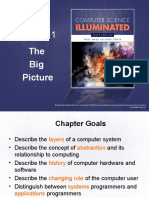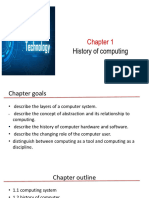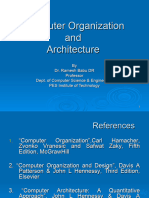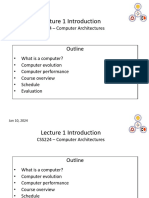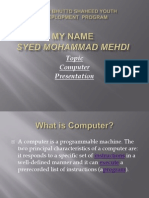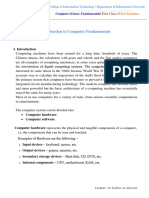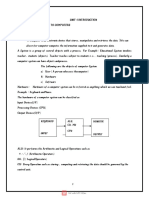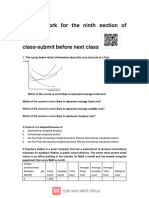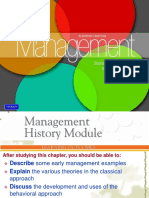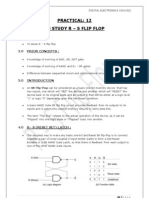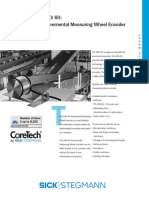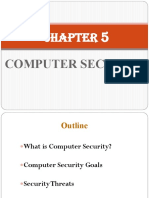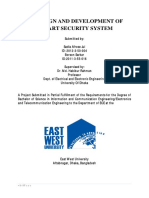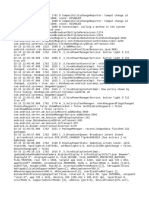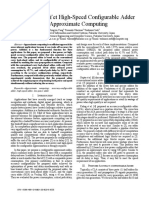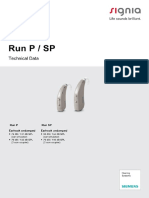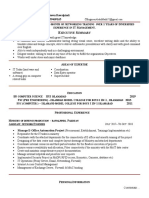0% found this document useful (0 votes)
35 views34 pagesChapter01 Intl
This document provides an overview of introduction to computer science including its history, hardware and software generations, applications and role as both a tool and discipline. It covers topics such as abstraction, early computing devices, generations of hardware and software, machine learning and its applications.
Uploaded by
Ahmed TryCopyright
© © All Rights Reserved
We take content rights seriously. If you suspect this is your content, claim it here.
Available Formats
Download as PDF, TXT or read online on Scribd
0% found this document useful (0 votes)
35 views34 pagesChapter01 Intl
This document provides an overview of introduction to computer science including its history, hardware and software generations, applications and role as both a tool and discipline. It covers topics such as abstraction, early computing devices, generations of hardware and software, machine learning and its applications.
Uploaded by
Ahmed TryCopyright
© © All Rights Reserved
We take content rights seriously. If you suspect this is your content, claim it here.
Available Formats
Download as PDF, TXT or read online on Scribd
/ 34

